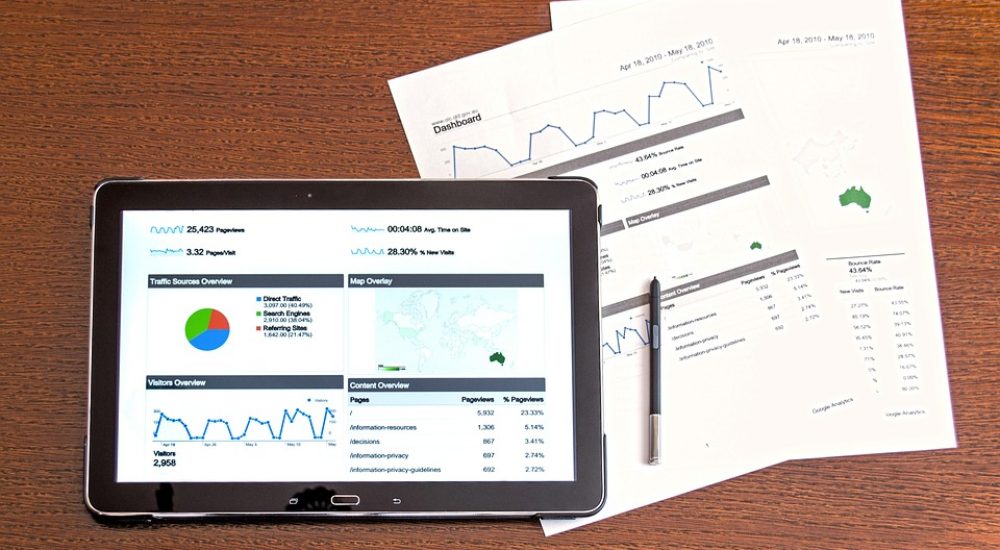When I’m not writing blog posts for BOOST, I help mission-driven organizations use data to get better at what they do. I collaborate with really terrific organizations that are making a big difference in the lives of their communities, and their teams are dedicated to continuous improvement. And yet, sometimes when we say, “let’s look at your data!” our clients react like we’d just suggested a self-administered root canal.
Too few members of mission-driven organizations have had good experiences with data, accounting for the immediate association between data and painful dental procedures. It doesn’t have to be this way!
One way to make data more engaging for teams is to display it visually – linking the type of graph or chart you use to the type of data you have. For example, if you are showing enrollment trends over time, use a line graph. Exploring differences in survey results? A bar graph is a great option.
Showing data visually is more than a “nice to have.” Our brains dedicate a lot of processing power to taking in visual information, and humans are really, really good at finding patterns. Charts and graphs make the most of this innate talent, improving your audience’s ability to engage with and understand the data you are sharing. And when your team can engage with and understand the data, they are more likely to use it to inform their own practice.
Displaying data through charts and graphs can be a tall order for those of us who don’t have a background in statistics. A free online resource, Chart Suggestions, can give you a jumpstart. It’s a one-page graphic that points the way to different types of visual displays based on the kinds of data you have, and the comparisons you want to make. Source: https://extremepresentation.typepad.com/files/choosing-a-good-chart-09.pdf
The team at Juice Analytics turned this graphic into a set of downloadable templates you can use in either Excel or Powerpoint to create your own graphics.
Supporting a culture of learning is essential to continuous quality improvement. Engaging teams with data in ways that are rigorous and meaningful is a critical part of this process! The Chart Suggestions one-pager and downloadable templates from Juice Analytics can help make this process easier. Source: https://labs.juiceanalytics.com/chartchooser/index.html
For breakfast, I had paleo granola, an apple, and lots of coffee.
Author: @coreynewhouse
